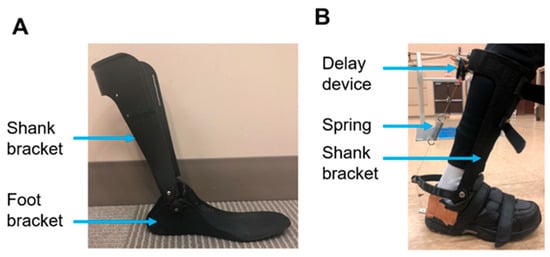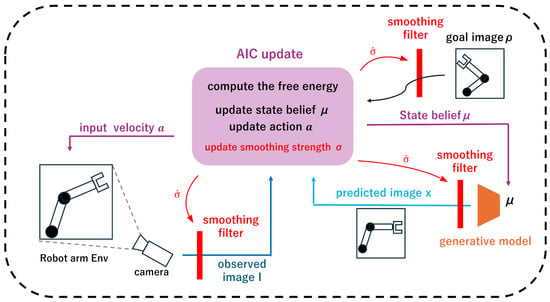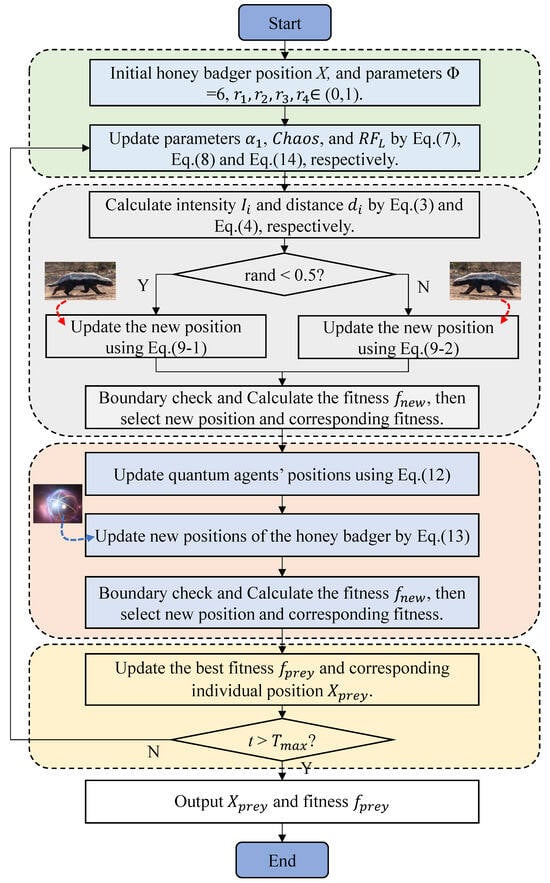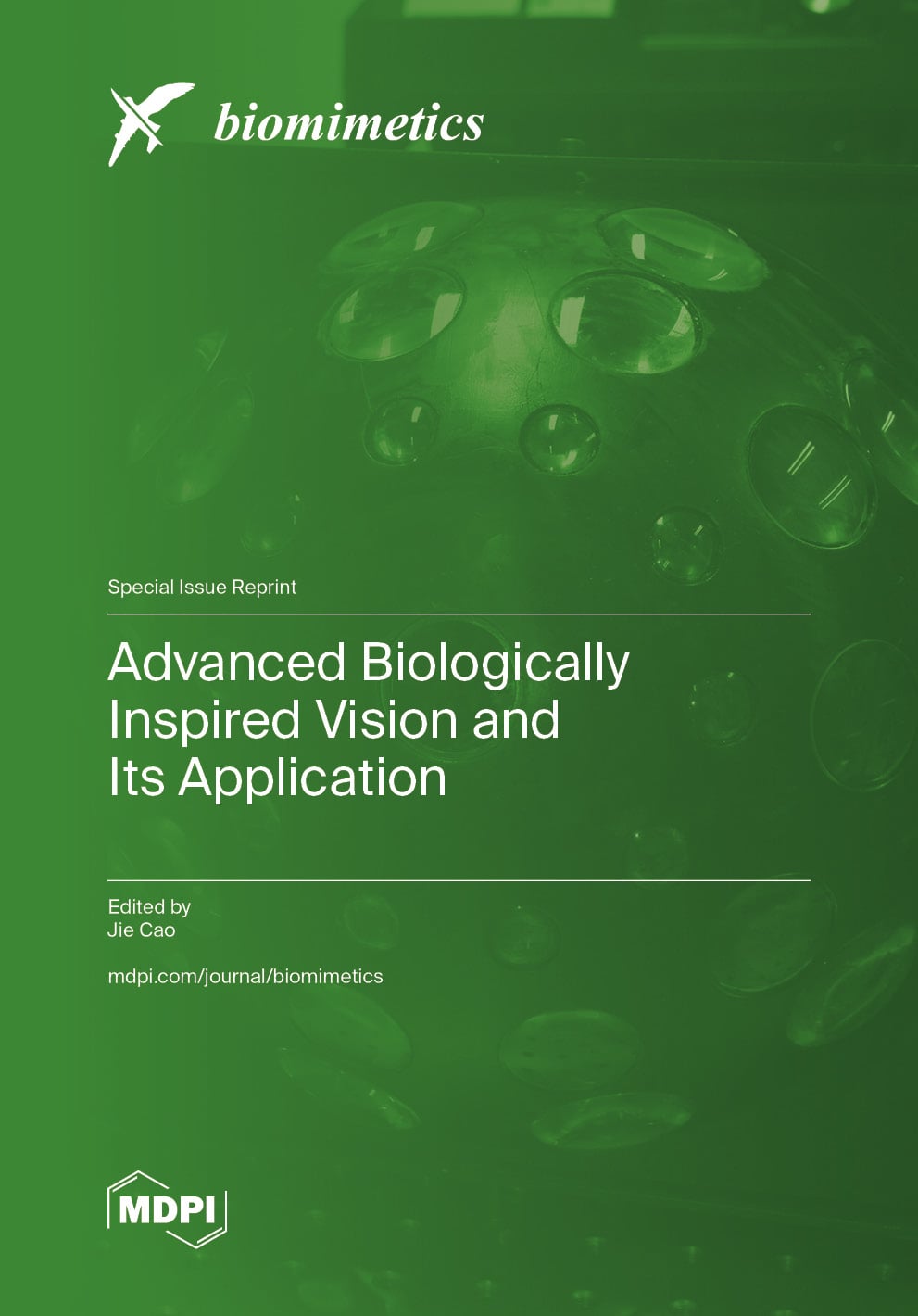- Article
Optimization of Actuator Stiffness and Actuation Timing of a Passive Ankle Exoskeleton: A Case Study Using a Musculoskeletal Modeling Approach
- Jania Williams,
- Cody P. Anderson and
- Arash Mohammadzadeh Gonabadi
- + 3 authors
Objective: A modeling and simulation tool, OpenSim, was used to determine the optimal relationship between actuator stiffness and actuation timing of a passive ankle exoskeleton for reducing metabolic costs during walking. We hypothesized that the absolute minimum in total metabolic cost would exist at an actuation timing of 15% of stance and at a spring stiffness of 7.5 kN/m. We also hypothesized that a local minimum in total metabolic cost would exist at an actuation timing of 50% of stance. Methods: Bilateral kinematics and kinetics data were collected on a healthy male walking overground wearing his regular tennis shoe. The passive ankle exoskeleton geometry and the spring actuator were integrated into the OpenSim model. Simulations were performed for every combination of 25 spring stiffnesses ranging from 5.5 kN/m to 17.5 kN/m (increments of 0.5 kN/m) and 10 actuation timings ranging from 15% to 60% of stance (increments of 5%). Total energy expenditure was calculated as the sum of the energy expenditure of all the muscles in the model. Results: The greatest reduction in energy consumption (−2.67%) was observed at an actuation timing of approximately 15% of the stance phase with a spring stiffness of ~5.5 kN/m. A quadratic relationship between spring stiffness and energy consumption was identified (R2 = 0.99), with an optimal stiffness of approximately 5.5 kN/m minimizing the energy cost. Conclusions: Our findings suggest that OpenSim effectively predicts optimal exoskeleton parameters, supporting personalized assistance to improve energy efficiency and rehabilitation outcomes.
20 December 2025





![In-flight dragonfly (credits: National Geographic) [25].](https://mdpi-res.com/biomimetics/biomimetics-10-00849/article_deploy/html/images/biomimetics-10-00849-ag-550.jpg)

